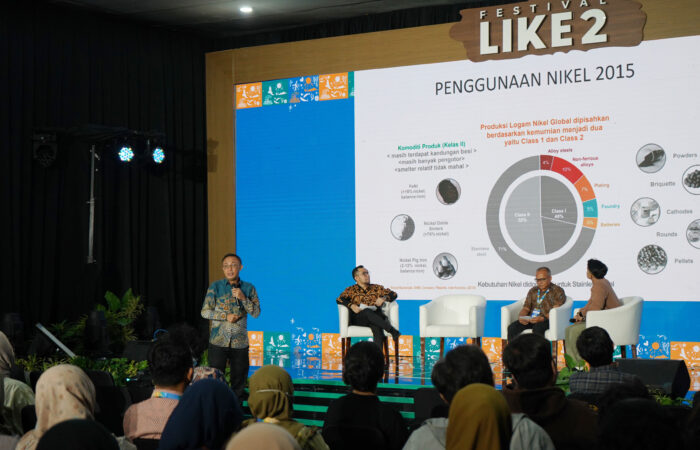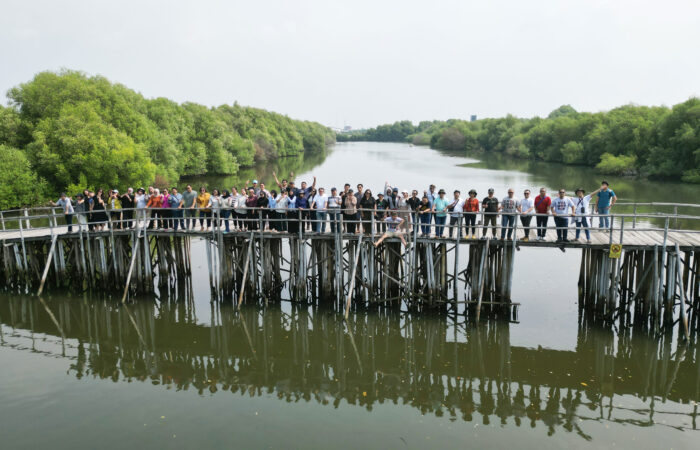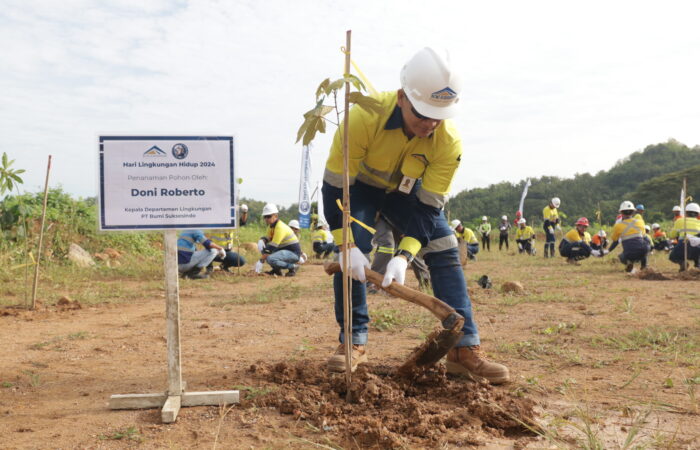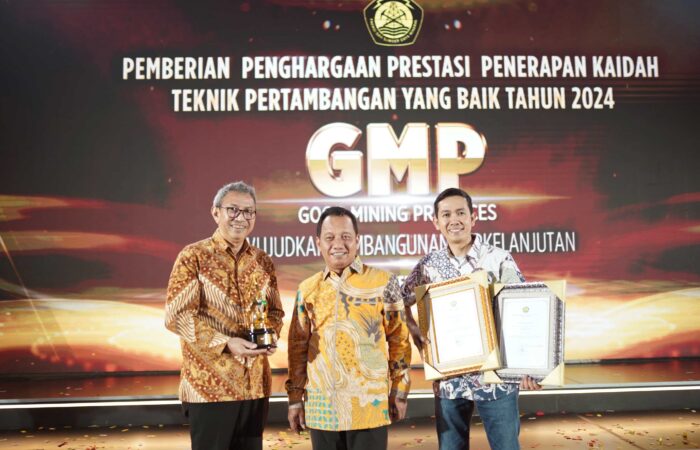
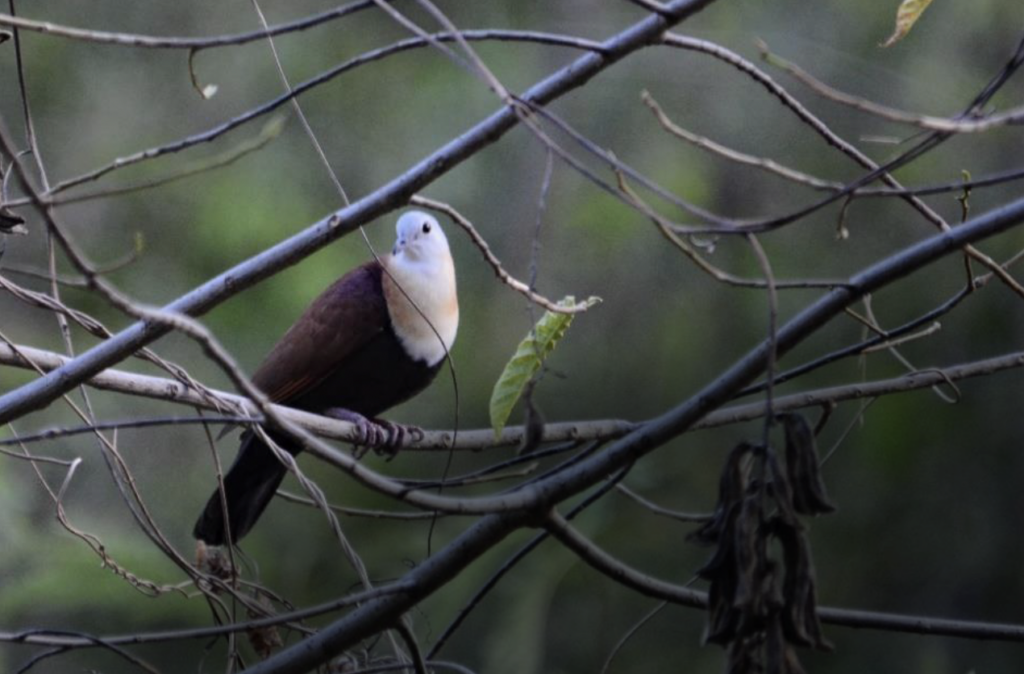
To prevent the impacts of land degradation and biodiversity loss due to mining operations, we implement reclamation and revegetation programs.
These programs aim to restore land functions according to disturbed land management and reclamation plans. This is guided by the Environmental Impact Assessment (AMDAL), Reclamation Plan (RR), Mine Closure Plan (RPT), and Minister of Energy and Mineral Resources Regulation No. 1827 of 2018 on Guidelines for Good Mining Practices. Our reclamation and revegetation efforts will enhance the productivity of post-mining areas, providing sustainable benefits to the surrounding communities.
In our mining areas, which have received Forest Area Utilization Permits (PPKH) from the Ministry of Environment and Forestry, we practice progressive reclamation—reclamation and revegetation are carried out as soon as an area is no longer in use, without waiting for all mining operations to conclude. We also limit land clearing to areas essential for mining operations, preserving significant portions of forest habitat for native flora and fauna. These areas are regularly monitored and maintained with the involvement of independent parties.
Merdeka Group also fulfills its obligations as a PPKH holder by paying Non-Tax State Revenues and rehabilitating watersheds in forest areas outside our mining operations as compensation for utilizing forest areas for mining. Previously, as required by government regulations, this compensation was achieved through reforestation of compensatory land, which Merdeka Group fulfilled by transferring compensatory land—the largest ever handed over by a private entity to the government at that time.
In line with our commitment to biodiversity protection, we identify, protect, and monitor endemic and protected species before and during mining operations. All biodiversity management stages are carried out in collaboration with authorized government agencies, namely the Conservation and Natural Resources Agency (BKSDA) and the Environmental Agency.
We have developed a Biodiversity Management Plan (BMP), in accordance with both national and international regulations, specifically IFC Performance Standard (PS) 6. The BMP includes mitigation measures to avoid, minimize, and restore impacts during the construction and operation phases. The plan also establishes a governance structure for effective implementation.
For more on our biodiversity management, read our 2023 Sustainability Report, page 88.
